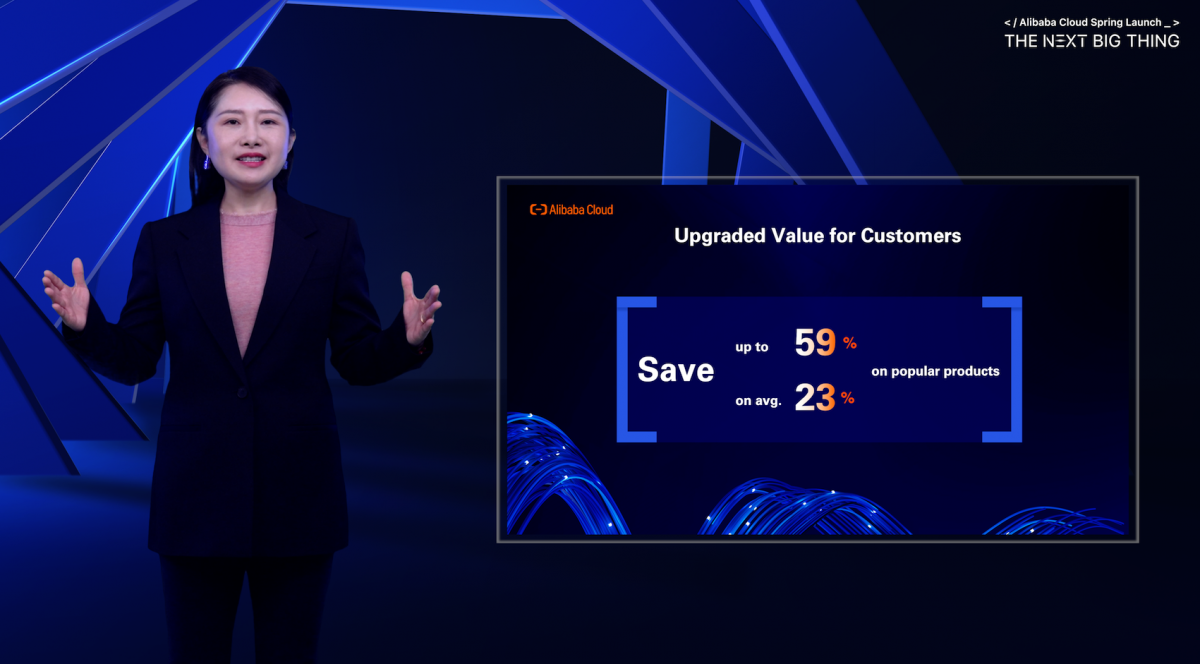
On May 13, a two-year-old girl from China’s Yi ethnic minority disappeared at around 4:00 p.m. in the crowded Heng Shui train station in Hebei province.
Frantic parents searched the vicinity for the girl, whose Chinese name is Jisime Chizuo, to no avail. They called the local Public Security bureau, which—in years past—would have assembled a team and searched in and around the station over the next few hours. After that, if they couldn’t find the missing girl, they’d have spread the word to other precincts in a slowly growing radius around the station and hoped for the best.
This time, though, Hebei Public Security officers uploaded a photo of the missing girl, a description and other relevant details of her disappearance into a new system they’d created for just this purpose. Though still in beta, the so-called “Reunion” system, quickly spread the word to millions of users in the area and around the country, amping up the search’s speed and reach.
Watch this video to see how the Reunion search system works in action.
Acting on a tip from a social-media user who saw the alert, Hebei Public Security officers worked with their counterparts in neighboring Henan province. The girl, they believed, had been abducted, leading to a full-court press to trackher down. Some 30 hours later, around midnight on May 15, Jiji, as she was called by her family and friends, was found, unharmed, and returned to her parents. Public Securityarrested the accused kidnapper nearly 500 kilometers away from where the abduction happened. Reunion worked.
“At that moment, you feel as if everything was really worth it,” said Wei Hong, a senior expert at Alibaba who’s volunteering on the project. “As a mother, I know how anxious it feels. It’s very hard to understand.”
Since that initial success, Public Security has issued 286 alerts, locating 260 missing children. That 91 percent success rate offers a tantalizing glimpse of how searches based on big data may have advantages over traditional shoe-leather operations.
Three Alibaba units or companies in which it has a stake—Sina Weibo, AutoNavi and Ding Talk—were launch partners for the new alert platform. Ding Talk, Alibaba’s enterprise-focused messaging platform, is at the core of the Reunion system, with Public Security among the 2.4 million businesses and organization with registered accounts. And participation in Reunion underscores Alibaba’s ongoing pivot toward becoming a social enterprise and adata company, leveraging its massive customer base and server infrastructure.
Once Public Security has received an alert from the public, Reunion kicks into action. Some 6,000 Public Security officers around the country can communicate with each other via Ding Talk and share details of the disappearance. As soon as authorities post the missing child information into the Reunion system, the platform automatically pushes alerts to all nearby people through connected apps and platforms, such as AutoNavi.
The closest parallel is the so-called “Amber Alert” system in the U.S. But, like nearly everything else in China, the size of the population and sheer participation on social platforms dwarfs the same sort of outreach done in the U.S. for missing children. Also, China’s rate of mobile penetration is far higher than in the U.S., which means messages beamed out to handheld devices spread much more widely and rapidly.



Reunion’s operators are using mapping and data to visualize searches to ensure they are conducted in a predictable and efficient pattern, based on the time a child has been missing. As a general rule, information goes to the smartphones of AutoNavi and Weibo users in a 100-kilometer radius of the place where the child disappeared within one hour of the disappearance. That radius expands to 200 kilometers after two hours, 300 after three hours and 500 kilometers thereafter.
While it’s hard to say just how many people are actually seeing—and paying heed to—pings from the Reunion system, the potential audience reach is staggering: As of Nov. 14, the registered Sina Weibo account for Reunion has 400,000 followers. AutoNavi has pushed 2.9 billion alerts to 420 million devices in the past six months.
And the reach is set to increase by hundreds of millions of people later this week, with more so-called “super apps” set to join Reunion. Most of the Alibaba Group’s apps, including Taobao, Alipay, UC—and the YunOS operating system—will link up with Reunion.In addition, Tencent’s QQ, Baidu Maps and Mobile Baidu, Qihoo 360 Mobile Guard and taxi-ordering app, Didi Chuxing, are also throwing in with the missing-child alert system.
In a country where communication has long been challenging and the quality of information spotty, Reunion creates infrastructure necessary for collaboration among authorities and connects them directly to the public for more-effective searches, said Alibaba Senior Technical Expert Han Jundong, who is also volunteering on the project. Information is also more easily verified if it’s coming through Reunion, he said.
“Right now, every day, we can see a lot of information of missing children on social media, but the authenticity of such information is hard to verify,” Han said. “We hope that this system can accurately send information to the public as soon as it becomes available.”
So, what lies ahead for Reunion? Han said project volunteers have been working with China’s Ministry of Public Security to bring speech recognition and “other intelligent tools” to aid in locating missing children.
“Finding a missing child is always a very happy moment, and we think the most important thing is to help other people simplify this process,” Reunion project volunteer Wei said.




